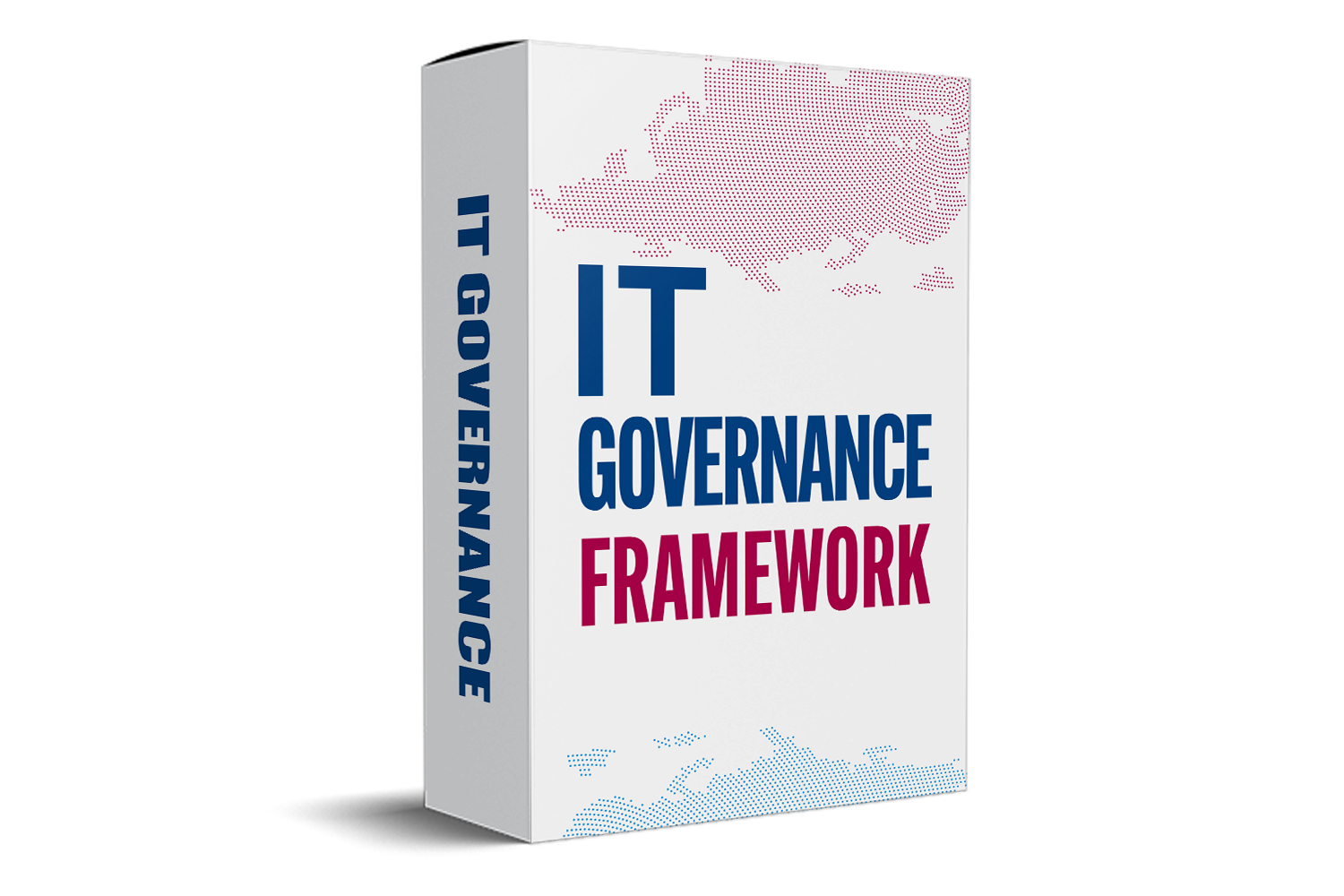Internal Audit Policy: Creating a Robust Framework for Organizational Governance and Compliance
An effective internal audit policy serves as the backbone of how an organization manages risks, upholds compliance, and promotes transparency. As businesses face complex regulations and rising expectations for accountability, the need for a clear, well-crafted internal audit policy has never been greater. Implemented right, this policy builds trust among stakeholders, boosts operational efficiency, and keeps the organization on a steady path.
What is an Internal Audit Policy?
Definition and Purpose
An internal audit policy is a formal document that guides how an organization conducts its internal audits. It sets out rules, responsibilities, and standards to ensure audits are thorough and consistent. Think of it as a road map that keeps everyone on the same page while checking that the organization operates smoothly and remains compliant with laws and standards.
Key Components of an Internal Audit Policy
A solid internal audit policy covers several essential elements:
- Scope: Which parts of the organization are under review?
- Objectives: Why do these audits happen? To ensure compliance, improve processes, or detect fraud?
- Responsibilities: Who is responsible? What are the roles of auditors, managers, and the audit committee?
- Reporting protocols: How are findings shared? How often? In what format?
Most policies also align with legal requirements and organizational goals, making sure that audits add real value.
Importance for Organizations
Having a well-defined internal audit policy supports compliance with global standards like ISO, COSO, and SOX. It helps catch issues early, prevents fraud, and boosts operational resilience. With clear guidelines, organizations can identify weaknesses before they turn into major problems and foster a culture of ongoing improvement.
Developing an Effective Internal Audit Policy
Needs Assessment and Stakeholder Engagement
Start by understanding your organization’s risks. Conduct detailed assessments to spot areas needing the most attention. Once you know your priorities, involve senior management and your audit committee. Their input and approval are crucial to creating a policy that everyone trusts and follows.
Policy Framework and Structure
Create a straightforward framework containing:
- Clear policy statements
- Defined roles and duties for auditors and managers
- Best practices from industry leaders and standards
This structure guides auditors and management alike, ensuring everyone understands their part in maintaining compliance and overseeing risks.
Legal and Regulatory Considerations
Make sure your policy meets all relevant laws and standards. Regularly review and update it to keep pace with legal changes and new regulations. Staying current helps prevent costly penalties and reputational damage.
Key Elements of an Internal Audit Policy
Scope and Coverage
Define exactly what you will audit. This could include finance, operations, IT, or compliance functions. Setting boundaries helps focus resources on the highest risks, avoiding wasted effort while maintaining comprehensive coverage.
Objectives and Goals
Clearly state what the audit aims to achieve. It might include assurance, advisory roles, or ensuring legal compliance. Setting measurable goals ensures you know whether the policy’s working and promotes accountability.
Responsibilities and Authority
List who does what—whether it’s the internal audit team, senior managers, or the audit committee. Also, specify the authority level of auditors—what data they can access and who they report to. This clarity stops confusion and enables smooth audits.
Reporting and Communication
Determine how often audits are performed and how findings are shared. Transparent communication about risks and recommendations helps build trust and fosters quick action to fix problems.
Quality Assurance and Improvement
Establish ongoing review processes. Use feedback, audits, and performance metrics to fine-tune the policy. Continuous improvement makes sure your system stays relevant and effective over time.
Implementing and Maintaining the Internal Audit Policy
Training and Awareness
Educate staff and auditors about the policy. Regular training sessions keep everyone aligned and promote a culture of accountability. Well-informed teams make fewer mistakes and identify issues faster.
Monitoring and Compliance
Schedule periodic reviews to verify if the policy is followed. Use KPIs like audit completion rates, issue resolution times, and compliance scores. Tracking these helps catch gaps early.
Reviewing and Updating the Policy
Revise your internal audit policy regularly. Changes in business operations, laws, or risks demand updates. Use lessons learned from past audits to strengthen the framework.
Real-World Examples of Effective Internal Audit Policies
- A multinational company improved its compliance by formalizing monitoring standards across all regions. Their internal audit policy clarified roles, created consistent procedures, and resulted in fewer violations.
- A financial institution bolstered risk management by adopting a clear internal audit framework aligned with banking regulations. This led to faster fraud detection and more trust from clients.
- Conversely, organizations with weak policies faced governance issues, often succumbing to fraud or regulatory fines. Their experience underscores how vital a strong internal audit policy is to sustainable success.
Conclusion
A well-designed internal audit policy acts as the foundation for good governance, compliance, and risk management. Take the time to involve key stakeholders, align with standards, and keep training ongoing. Regular reviews and updates ensure it remains relevant and effective. Encouraging a culture of transparency and continuous growth ensures your organization can handle risks confidently and keep stakeholders satisfied. Building this foundation today prepares your organization to face tomorrow’s challenges with strength and integrity.



